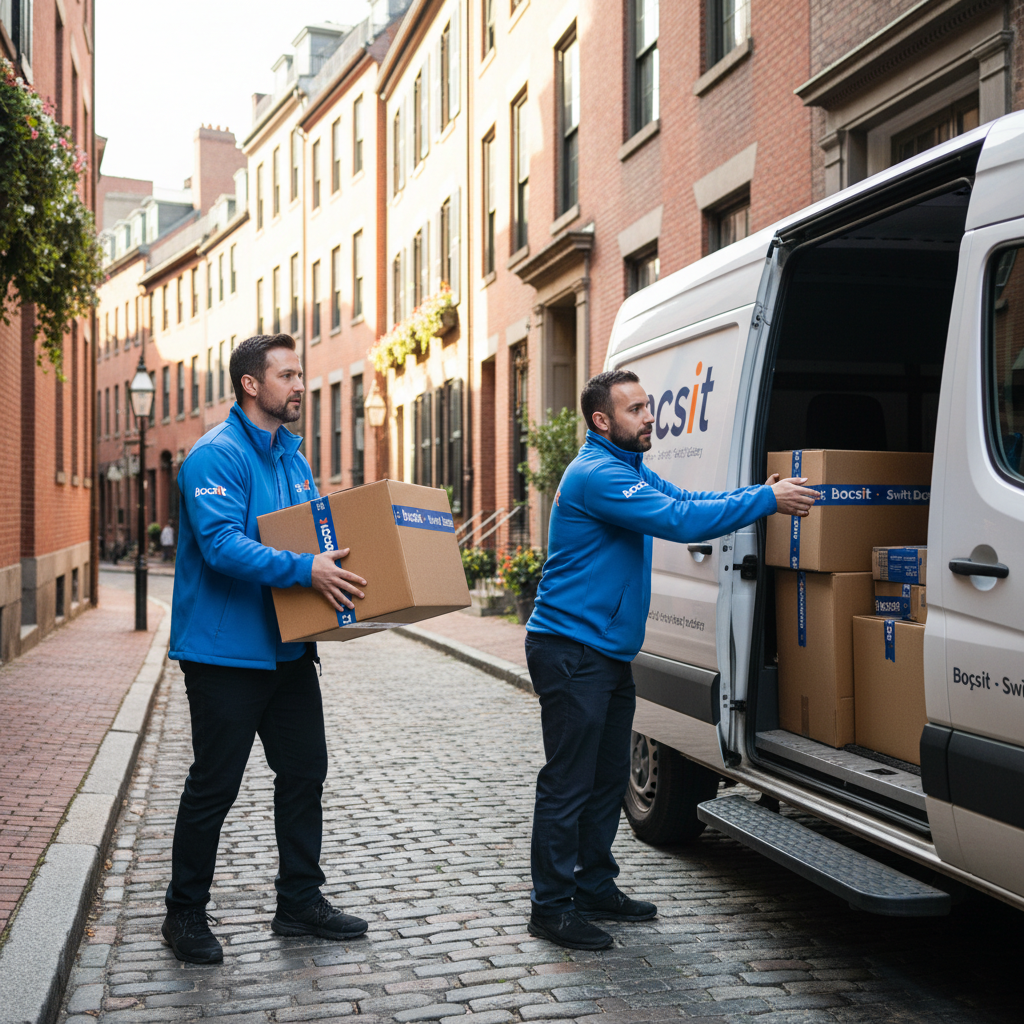Understanding LTL Freight Classifications: A Primer for Shippers

Navigating the world of Less-Than-Truckload (LTL) shipping can be a complex endeavor, especially when it comes to understanding freight classifications. These classifications play a crucial role in determining shipping costs, ensuring compliance, and optimizing the efficiency of the shipping process. This primer is designed to help shippers, both new and seasoned, grasp the fundamentals of LTL freight classifications and leverage this knowledge for more effective shipping strategies.
What Are LTL Freight Classifications?
LTL freight classifications are part of a standardized system developed by the National Motor Freight Traffic Association (NMFTA) to categorize goods for shipping. Known as the National Motor Freight Classification (NMFC), this system assigns goods to one of 18 classes, ranging from Class 50 to Class 500. The classification is determined based on four factors: density, stability, handling, and liability. These factors affect the ease and safety of transporting the freight, influencing the overall shipping cost.
The Impact on Shipping Costs
Understanding freight classifications is essential for shippers because it directly impacts shipping costs. Carriers use the NMFC classifications to determine freight rates, with lower classes typically costing less to ship than higher ones. This is because lower-class items are usually denser, easier to handle, and pose less risk during transportation, making them cheaper for carriers to transport.
How to Determine Your Freight's Classification
Determining the correct classification for your freight requires an understanding of the four determining factors:
Density: The weight per cubic foot of your item. Higher density generally results in a lower classification.
Storability: How easily the item can be stowed aboard the carrier's vehicle, including considerations for shape and dimensions.
Handling: Any special considerations that might affect the handling of the item, such as fragility or the need for special equipment.
Liability: The potential for theft, damage, or breakage, with higher liability items receiving a higher classification.
Calculating the density of your shipment and understanding its stability, handling requirements, and liability risks are the first steps in determining its classification. However, consulting the NMFC directory or working with a freight broker can provide more precise classification information.
Tips for Navigating LTL Freight Classifications
- Know Your Shipment: Accurately measure and weigh your freight to determine its density. Incorrect measurements can lead to reclassification by the carrier and additional charges.
- Consult the NMFC Directory: Use the NMFC directory to find the classification that best matches your freight, or consult with a freight broker who can assist with this process.
- Package Wisely: Proper packaging can affect stability and handling, potentially lowering your freight class and reducing costs.
- Review Regularly: Freight classifications can change, so it's important to stay updated on any modifications to the NMFC that might affect your shipments.
Understanding LTL freight classifications is a key component of effective logistics management. By familiarizing yourself with the NMFC system and how classifications impact shipping costs, you can make more informed decisions that optimize your shipping operations. While the process may seem daunting at first, gaining a solid grasp of freight classifications will pay dividends in the form of improved shipping efficiency and cost savings. Whether you're a small business owner or a logistics manager, mastering the nuances of LTL freight classifications is an invaluable skill in the complex world of shipping.


















